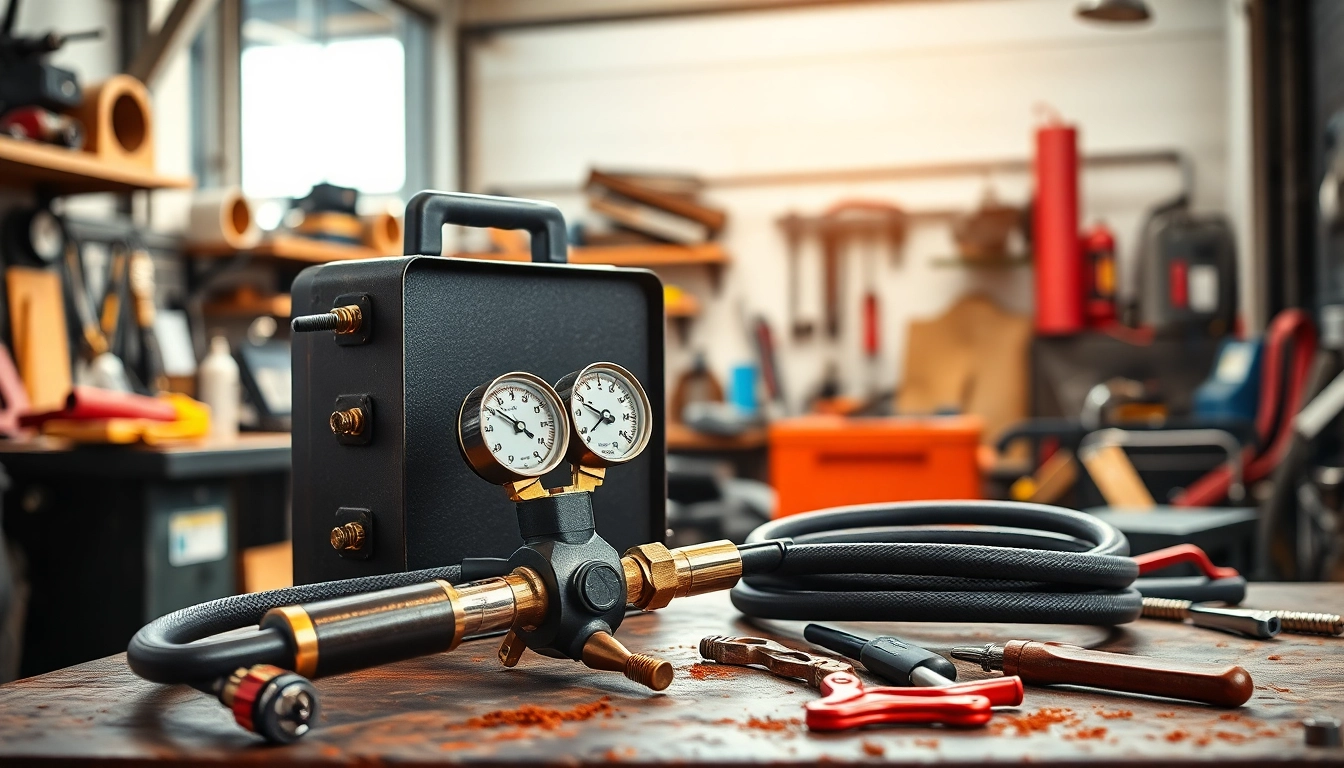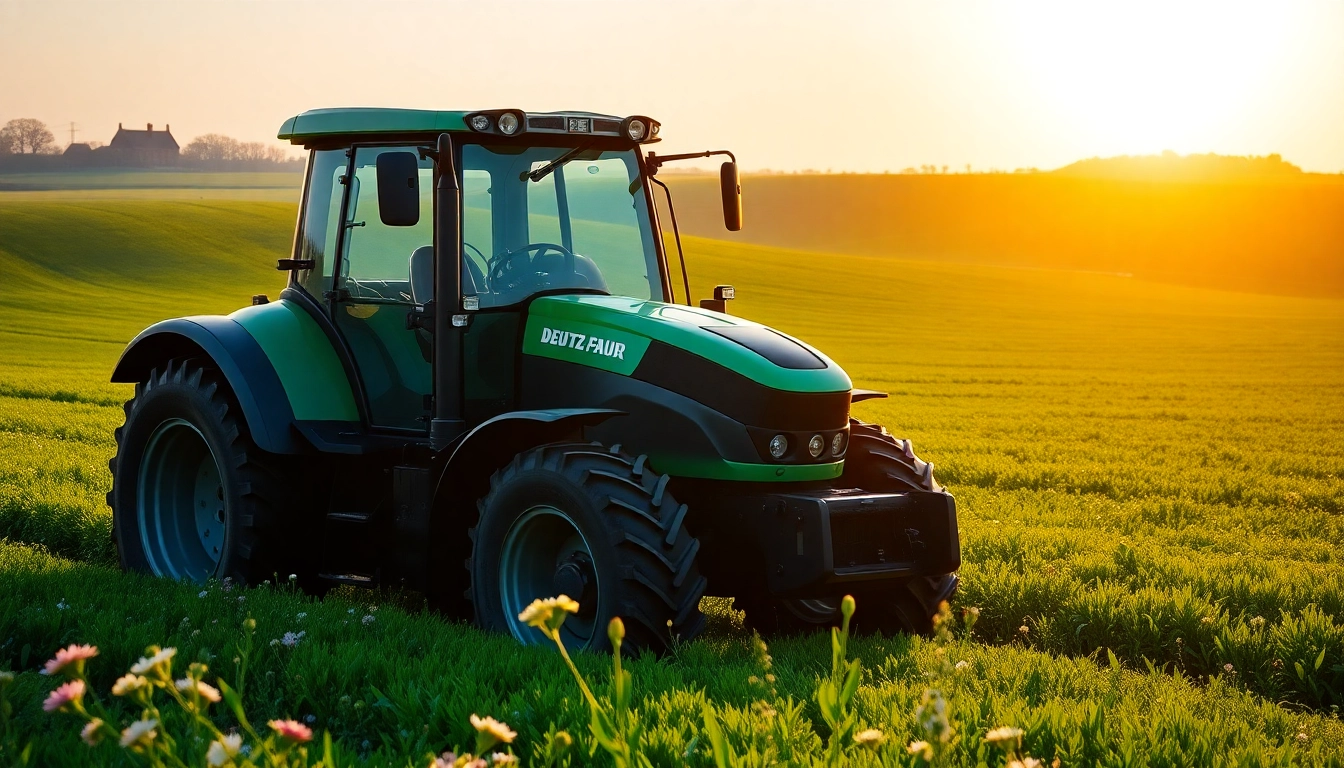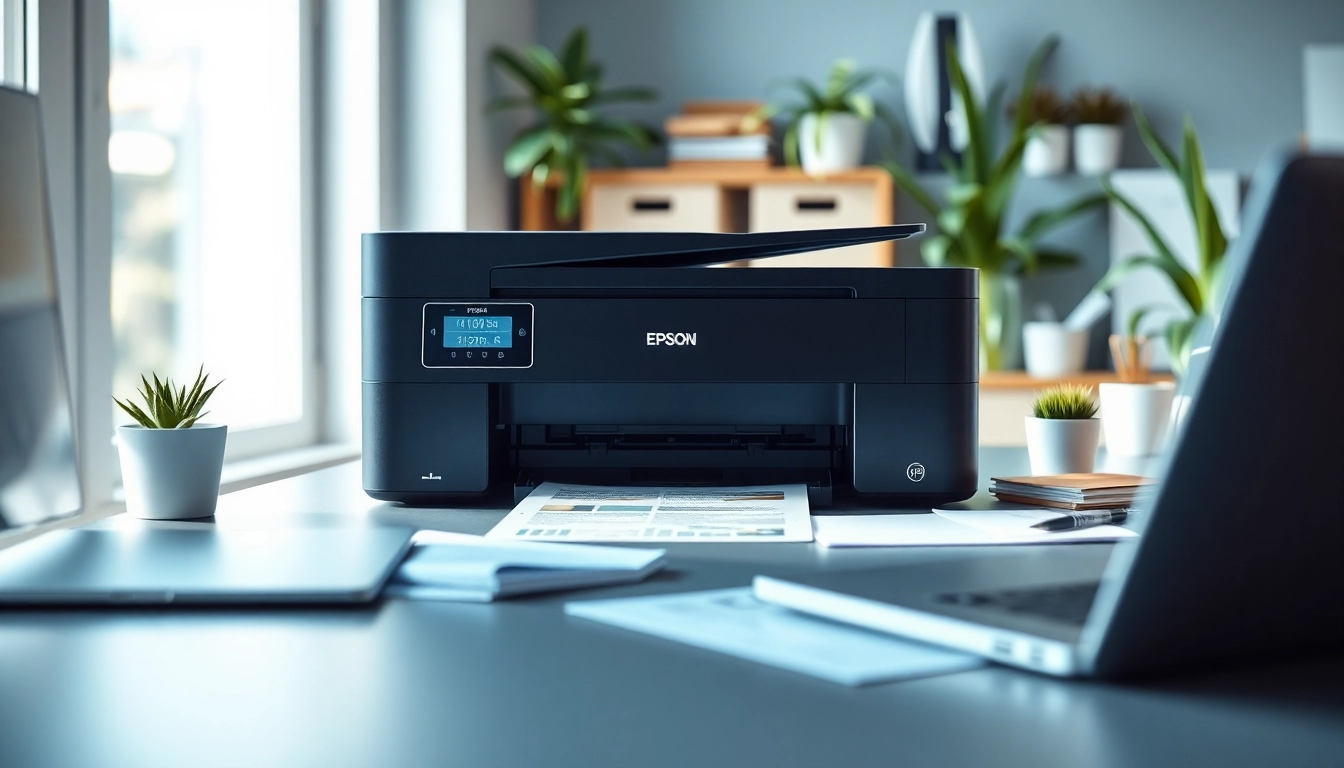
Introduction to Oxy Acetylene Welding Kits
Welding has become an essential skill across various industries, from automotive to construction. Among the many methods available, oxy acetylene welding stands out for its versatility and efficiency. This technique relies on the combustion of oxygen and acetylene gases to produce a high-temperature flame, allowing for the fusion of metals. To embark on this welding journey, an oxy acetylene welding kit is an indispensable tool. This comprehensive guide delves into the components, benefits, and safety practices associated with oxy acetylene welding kits.
What is an Oxy Acetylene Welding Kit?
An oxy acetylene welding kit is a collection of equipment used for welding and cutting metals using an oxy-fuel gas mixture. This process involves a specialized torch that mixes oxygen and acetylene gases to produce a flame that can reach temperatures exceeding 3,200°C (approximately 5,792°F). This intense heat is essential for melting metals to enable their fusion or cutting through thick materials precisely.
Key Components of the Kit
Typically, an oxy acetylene welding kit comprises the following key components:
- Welding Torch: The welding torch is the main component that mixes oxygen and acetylene gases to form a flame for welding or cutting.
- Regulators: These devices control the flow and pressure of the gases from their respective tanks, ensuring the right concentration for effective welding.
- Gas Cylinders: The kit includes oxygen and acetylene tanks that store the gases required for the welding process. These tanks must be made from sturdy materials to withstand high pressures.
- Hoses: Flexible, high-pressure hoses connect the gas cylinders to the torch, allowing for easy maneuverability during welding.
- Welding Tips: These are interchangeable tips that vary in sizes and shapes, designed for specific welding or cutting tasks.
- Protective Gear: Essential for safety, protective gear includes goggles or helmets with appropriate filters, gloves, and flame-resistant clothing.
Applications and Uses in Welding
Oxy acetylene welding kits are utilized in a myriad of applications, including:
- Fabrication and Repair: Ideal for metal fabrication, repairs, and maintenance in automotive and construction sectors.
- Cutting Materials: Used for cutting steel, aluminum, and other metals with precision.
- Brazing and Soldering: Useful for joining dissimilar metals and creating strong bonds in plumbing and electrical work.
Benefits of Choosing an Oxy Acetylene Welding Kit
Versatility in Welding Projects
One of the most prominent advantages of using an oxy acetylene welding kit is its versatility. This method can handle a wide range of materials and thicknesses, making it suitable for various projects. Whether constructing metal frames, intricate sculptures, or conducting repairs, an oxy acetylene kit is well-equipped to handle the task.
Cost-Effectiveness and Efficiency
Compared to other welding methods, oxy acetylene welding is often more economical. The initial investment in a quality kit can pay off quickly through savings on gas and electricity. Its ability to provide high-quality results consistently also means less material waste and fewer rework costs.
Ease of Use for Beginners and Professionals
The oxy acetylene welding technique is relatively easy to learn, making it an excellent option for beginners. With simple adjustments for flame type and intensity, users can quickly grasp essential welding skills. Even seasoned professionals value the precision and control offered by this method, which enhances their ability to tackle complex projects effectively.
Understanding the Components of the Kit
Welding Torch and Accessories
The welding torch is the heart of the oxy acetylene system. Depending on the specific tasks, different nozzles and handles may be selected to achieve desired flame characteristics. Accessories such as spark igniters and flame regulators further enhance the torch’s usability, ensuring that it performs optimally under various conditions.
Regulators and Safety Features
Regulators play an integral role by controlling gas pressure levels from the cylinders. High-quality regulators are essential for maintaining consistent pressure and flow, enhancing the welding experience. Safety features, including pressure-relief valves and flashback arrestors, are critical for preventing accidents and ensuring the safety of the welder.
Fuel Types: Oxygen and Acetylene
The two fuel sources in an oxy acetylene welding kit are oxygen and acetylene. Oxygen supports combustion and significantly increases the flame temperature, while acetylene acts as the primary fuel. The balanced combination of these gases is what makes oxy acetylene welding uniquely effective, allowing for both welding and cutting applications with exceptional efficiency.
Choosing the Right Oxy Acetylene Welding Kit
Factors to Consider When Buying
When selecting an oxy acetylene welding kit, several factors should be evaluated:
- Quality and Durability: Opt for kits made with high-quality materials to ensure longevity and reliability.
- Compatibility: Ensure that the components are compatible with your intended applications, including desired welding thickness and type.
- Size and Portability: Consider the kit’s size and whether it meets your workspace needs, especially if mobility is important for your projects.
- Regulatory Compliance: Choose kits that comply with local safety regulations and standards that govern gas transportation and use.
Comparing Popular Brands and Kits
Several brands offer reputable oxy acetylene welding kits, including Harris, Victor, and Lincoln Electric. Comparing features, warranty options, and customer reviews can provide insights into which kit offers the best value and performance for your needs. Look at the specifications to determine matching nozzle sizes, hose quality, and the inclusion of essential accessories.
User Reviews and Recommendations
Researching user feedback on various oxy acetylene welding kits can be beneficial in making an informed decision. Online forums, review sites, and welding enthusiast communities often share practical experiences that highlight the strengths and weaknesses of different kits. Engaging with fellow welders can uncover recommendations based on real-world applications.
Safety Practices in Oxy Acetylene Welding
Essential Safety Gear and Equipment
Safety is paramount in oxy acetylene welding, and the right gear is critical. Essential protective equipment includes:
- Welding Helmet: With appropriate filter lenses to shield against harmful UV and infrared rays.
- Gloves: Heavy-duty gloves designed for heat resistance to protect against burns.
- Protective Clothing: Flame-resistant clothing that covers the entire body, minimizing exposure to sparks and molten metal.
- Respiratory Protection: In situations with poor ventilation, respiratory gear may be necessary to protect from fumes and gases.
Common Hazards and How to Avoid Them
Common hazards associated with oxy acetylene welding include:
- Fire Risks: Ensure adequate clearance from flammable materials, and utilize fire-resistant curtains or barriers where necessary.
- Gas Leaks: Regularly inspect hoses and connections for leaks using soapy water and replace any defective components immediately.
- Burns and Eye Injuries: Always wear appropriate protective gear, and never work without a welding helmet.
Best Practices for Safe Operation
To enhance safety during oxy acetylene welding, consider these best practices:
- Always check the working environment for safety hazards before commencing welding.
- Follow the manufacturer’s operating instructions and safety guidelines carefully.
- Keep a fire extinguisher accessible and ensure that you are familiar with its use.
- Ensure proper ventilation in your workspace to minimize fume inhalation risks.
Conclusion
Using an oxy acetylene welding kit opens a world of possibilities for metalworking, offering versatility, efficiency, and quality results. By understanding its components, benefits, and safety practices, both novices and professionals can harness the power of this welding method effectively. Whether embarking on a DIY project or tackling industrial-level tasks, mastery of oxy acetylene welding can elevate the quality of your work and expand your skill set in the field of metal fabrication.







